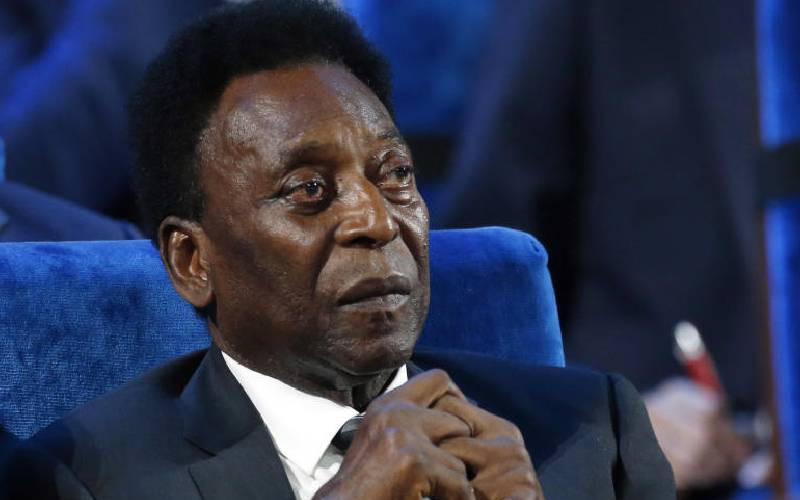
The cross punch hit his ear. The uppercut hit his chin. He flew across the room and landed on the hard floor. The hall went silent. I had just committed an abomination. I had punched a man within the precincts of a police estate.
I had floored a guest of a senior police officer. He lay motionless. Several police officers pounced on me and pinned me on the floor as others tried to administer first aid to the man. I was detained for a week. I did manual jobs every day as punishment as I waited for word from the hospital. "For now, you will be charged with assault but if he dies, it will be murder," one police officer told me.